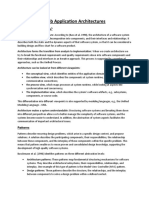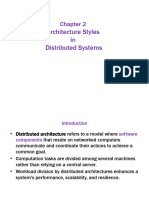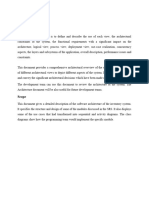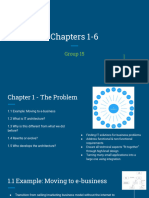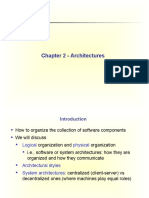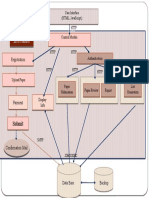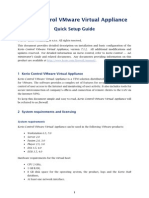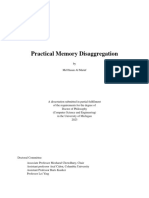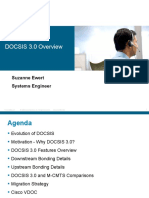0% found this document useful (0 votes)
85 views22 pagesConference Portal Architecture
The document describes the proposed software architecture for a conference management portal. It will use a 3-tier architecture with presentation, application, and data tiers. Key aspects include using object-oriented programming for modularity, an external backup database for reliability, and PayPal for secure financial transactions. The architecture is designed to be scalable, secure, modular, and reliable. It will employ design principles like decomposition, information hiding, and modularity. The model-view-controller architectural style is deemed most suitable.
Uploaded by
kirrukachikCopyright
© Attribution Non-Commercial (BY-NC)
We take content rights seriously. If you suspect this is your content, claim it here.
Available Formats
Download as PDF, TXT or read online on Scribd
0% found this document useful (0 votes)
85 views22 pagesConference Portal Architecture
The document describes the proposed software architecture for a conference management portal. It will use a 3-tier architecture with presentation, application, and data tiers. Key aspects include using object-oriented programming for modularity, an external backup database for reliability, and PayPal for secure financial transactions. The architecture is designed to be scalable, secure, modular, and reliable. It will employ design principles like decomposition, information hiding, and modularity. The model-view-controller architectural style is deemed most suitable.
Uploaded by
kirrukachikCopyright
© Attribution Non-Commercial (BY-NC)
We take content rights seriously. If you suspect this is your content, claim it here.
Available Formats
Download as PDF, TXT or read online on Scribd
/ 22

